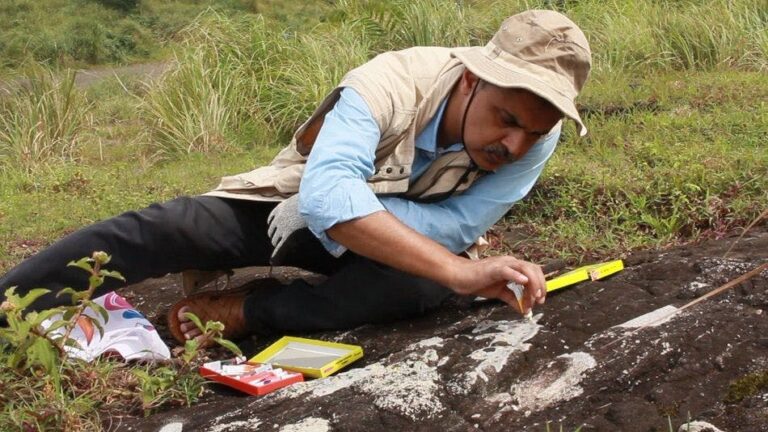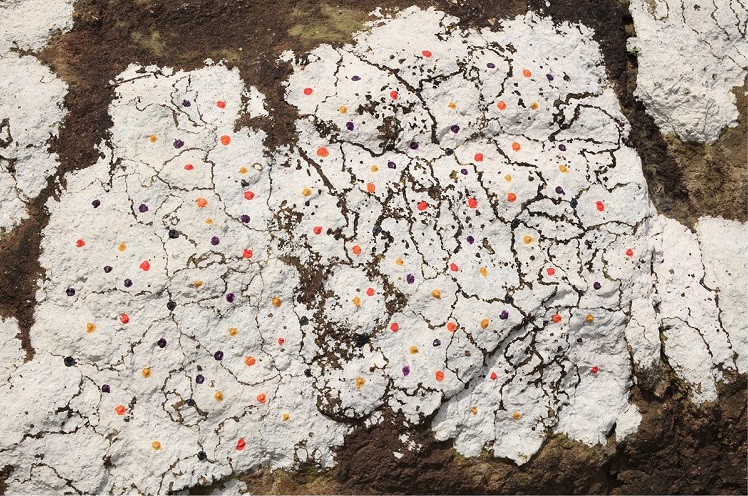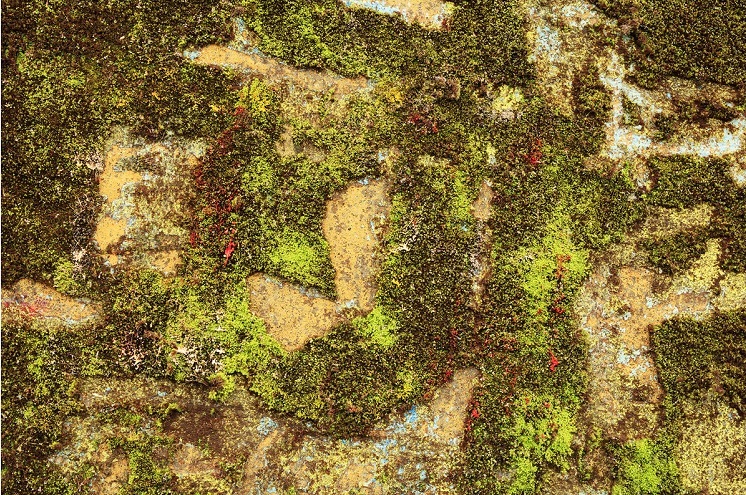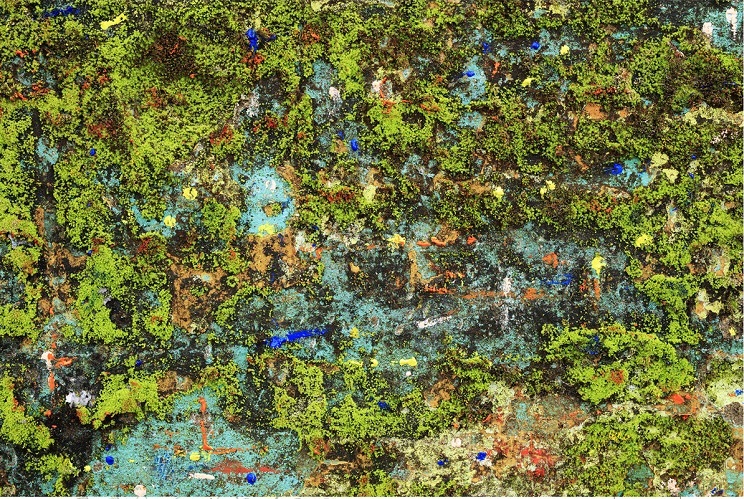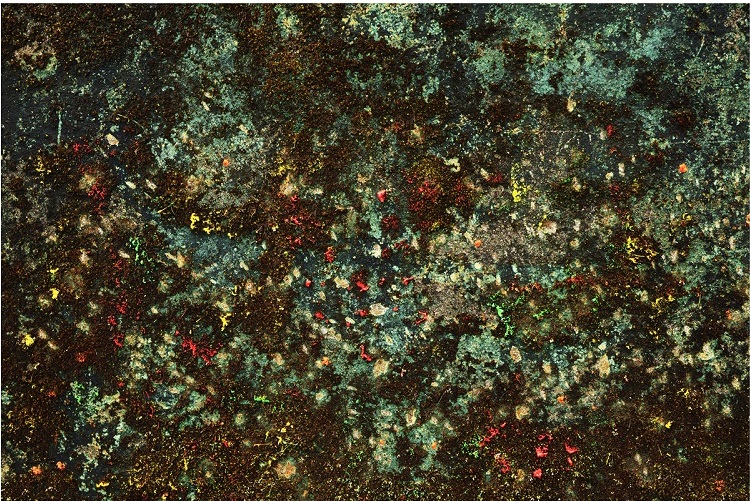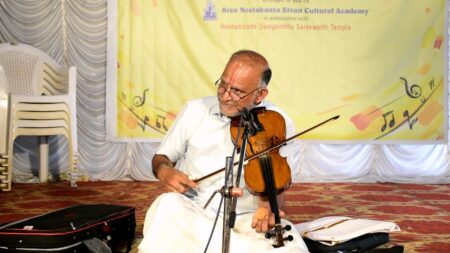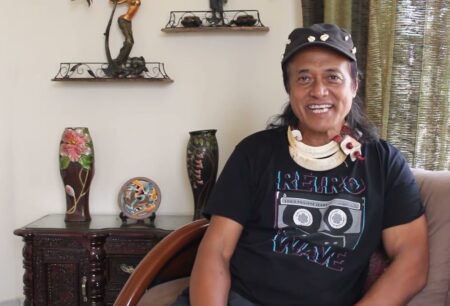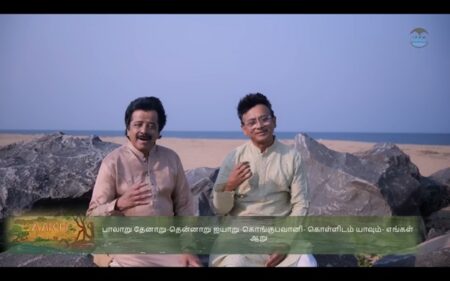Moss(Z)art is an attempt to recreate the abstract imagery I used to see in mind while listening to Mozart. The documentary, ‘Making of Moss(Z)art‘, which chronicles the production of the photo series has won the award at the Paris Film Festival 2021.
Wolfgang Amadeus Mozart’s music is highly organic. It is not musical notes alone; it is pregnant with life. It grows within us like an organism. It grows into flowering wines, singing birds, fluttering butterflies, and at times, it settles into the profound, resonating silence of the oceanic deep. As a creative expression of synesthesia, it sometimes develops into abstract imagery in the minds of sensitive people, too.
‘Moss(Z)art’ is a series of photographs I made in 2019 just before the onset of the COVID pandemic. Inspired by the music of Mozart and as an attempt to recreate the abstract imagery I used to see in mind while listening to Mozart, I made around thirty photographs over three months. ‘Making of Moss(Z)art’ is a motion-picture documentary that chronicles the production of that photo series. Fascinatingly, the documentary has won the award for the ‘Best Short Documentary’ at the Paris Film Festival 2021.
The idea of recreating the mental imagery of Mozart’s music and presenting it through the photographic medium has been lurking inside me for quite a while. I had no idea as to how to go about it until I made a trip to Malakkappara near the Tamilnadu-Kerala border early in 2019. Sensing the deeply organic nature of Mozart’s music, I was very particular that I had to begin with a live surface. The misty, monsoon-soaked landscape of Malakkapara with a lot of mossy rocks and tree trunks revealed itself to me that I should begin with these living surfaces with their sap green colour, exuberant texture, and silky soft tactility. It was an instant decision to use this mossy surface as the first background layer for the project.
Colours and texture to Mozart’s music
The mental imagery I used to experience with Mozart’s symphonies and other innumerable compositions had much more colours and tonal range than just the green I saw on a mossy surface. It occurred to me that making use of the mossy surfaces from different locales with different humidity and temperatures could provide variations in its colour as well as the textural qualities. Hence I chose places from different altitudes, with varying climatic conditions and diverse light qualities. This crucial decision granted me varying hues of green, ochres, and browns. Man-made surfaces like mossy walls with multiple layers of underpaintings provided astonishingly dissimilar textures and tonal variations that got revealed with chipping and chiselling.
To add another final layer of colour vibrancy and range, I used pastels, watercolours, and acrylic paints, applying them either directly from paint tubes or with brushes, palette knives, or even with my fingers. As a final image amendment, occasionally I had to use artificial, temperature-matched light sources to accentuate the texture and detail. It took about one to two hours to ‘construct’ a visual before photographing it with a high-resolution digital camera with technical accuracy because the final work of art is going to be a highly detailed, large-format, fine archival print. This was the process of creating one photograph. The series had thirty such works. Memorably, the whole process was performed while playing Mozart in the background.
The abstract art
The work was done on places like rocks beside roads, walls in small townships, dilapidated waiting sheds in the countryside. Thus it was natural that people got attracted to it and came as onlookers. They asked questions about what it is all about; why am I painting over; why am I chiselling the walls; etc. The whole project hence went on with a lot of interaction with the public, mostly with common people. After photographing the work, it was leftover intact so that many more people might see it and enjoy it. Hence, it was simultaneously a performance as well as a public art project. It involved photography as well as painting and even sculpting. The final product is a photograph that was made with intricate planning and execution; it is not a picture of a found scene or a found object.
Every part of the process was documented as video and later edited into the documentary ‘Making of Moss(Z)art’. The photographs will be exhibited both in gallery spaces as well as other alternative public spaces when the world is free to move around, free from the pandemic.
“Music has been for some centuries the art which has devoted itself not to the reproduction of natural phenomena, but rather to the expression of the artist’s soul, in musical sound”, Wassily Kandinsky, the famed Russian abstract painter, once said. Music is the highest form of abstract art. An image recreated from the impressions in mind created by music will also be abstract. Music has no meaning; it is full of emotions. So is any other abstract art. It demands reinterpretation of the idea of meaning itself.

